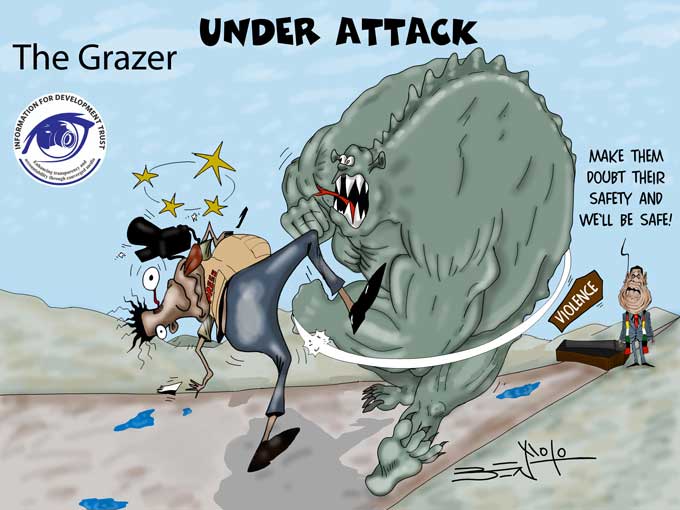
Despite the “Abstain, Be faithful and Condomise” (ABC) strategy, the impact on averting new HIV infections has been slow, resulting in millions of mostly young Africans dying. Substantially lowering HIV rates will only be achieved with the introduction and scale-up of new prevention technologies in combination with existing ones.
Report by Webster Mavhu Observational data dating back over the last 20 years suggested male circumcision’s protective effect against HIV and other sexually transmitted infections in men. By 2007, conclusive evidence of voluntary medical male circumcision (VMMC)’s protective effect against HIV had been demonstrated in three trials conducted in South Africa, Kenya and Uganda.
These trials individually and collectively demonstrated that VMMC reduces the risk of HIV acquisition in men by up to 60%. Long term follow-up of trial participants in South Africa and Uganda shows that new HIV infections were reduced by over 70% among the men who were circumcised during the trials and that the benefits are sustained over more than five years.
There are at least two mechanisms by which the foreskin may increase risk of HIV acquisition. Firstly, uncircumcised men are at an increased risk of penile ulcers which may facilitate HIV entry.
Secondly, the tissue lining the inner surface of the foreskin mucosa contains HIV target cells. The HIV target cells in the inner foreskin which are closer to the surface than those situated elsewhere on the penis, due to the lack of keratinisation (toughening).
- Chamisa under fire over US$120K donation
- Mavhunga puts DeMbare into Chibuku quarterfinals
- Pension funds bet on Cabora Bassa oilfields
- Councils defy govt fire tender directive
Keep Reading
If the foreskin is removed, so is a large area of highly vulnerable mucosa.
Following the circumcision trial results, WHO/UNAids has recommended rapid scale-up of VMMC, over the next five years, in high HIV prevalence countries to maximise the number of HIV infections averted at a population level.
Mathematical modelling suggests that if 80% of men in 13 VMMC priority countries are circumcised by 2015, four million new adult HIV infections will be averted with a net saving of around US$16,6 billion in anti-retroviral treatment costs.
Doubts around VMMC’s protectiveness against HIV have been deepened by recent Zimbabwe Demographic and Health Survey (ZDHS) findings. Findings from surveys done to assess the prevalence of MC (such as DHS) that rely on self-report rather than medical examination, should be interpreted with caution. A study conducted as far back as 1958 demonstrated poor reliability of self-reported MC. At that time, considerable interest centred on the observation that cervical cancer was highly unusual in two groups of women: Jewish women and nuns.
This observation suggested that a risk factor for cervical cancer could be having sex with an uncircumcised man. A number of studies were carried out to explore this hypothesis. Lilienfield & Graham (1958) asked a group of men about their MC status.
The men were then examined by a physician; 34% of men who self-reported being circumcised were found to be uncircumcised. Recently, Thomas et al. (2011) examined self-reported MC against physician examination in Lesotho. Of the men self-reporting MC, physical exam showed that 23% had no evidence of MC, 27% had partial MC, and 50% had complete MC.
A few points to note:
- in some communities partial MC is conducted as part of cultural rites; however only full MC (complete removal of the foreskin) is protective against HIV.
- future MC prevalence studies should include physical examination.
- VMMC education must accurately describe that it means complete removal of the foreskin.
Webster Mavhu is a social scientist & consultant based in Zimbabwe.










